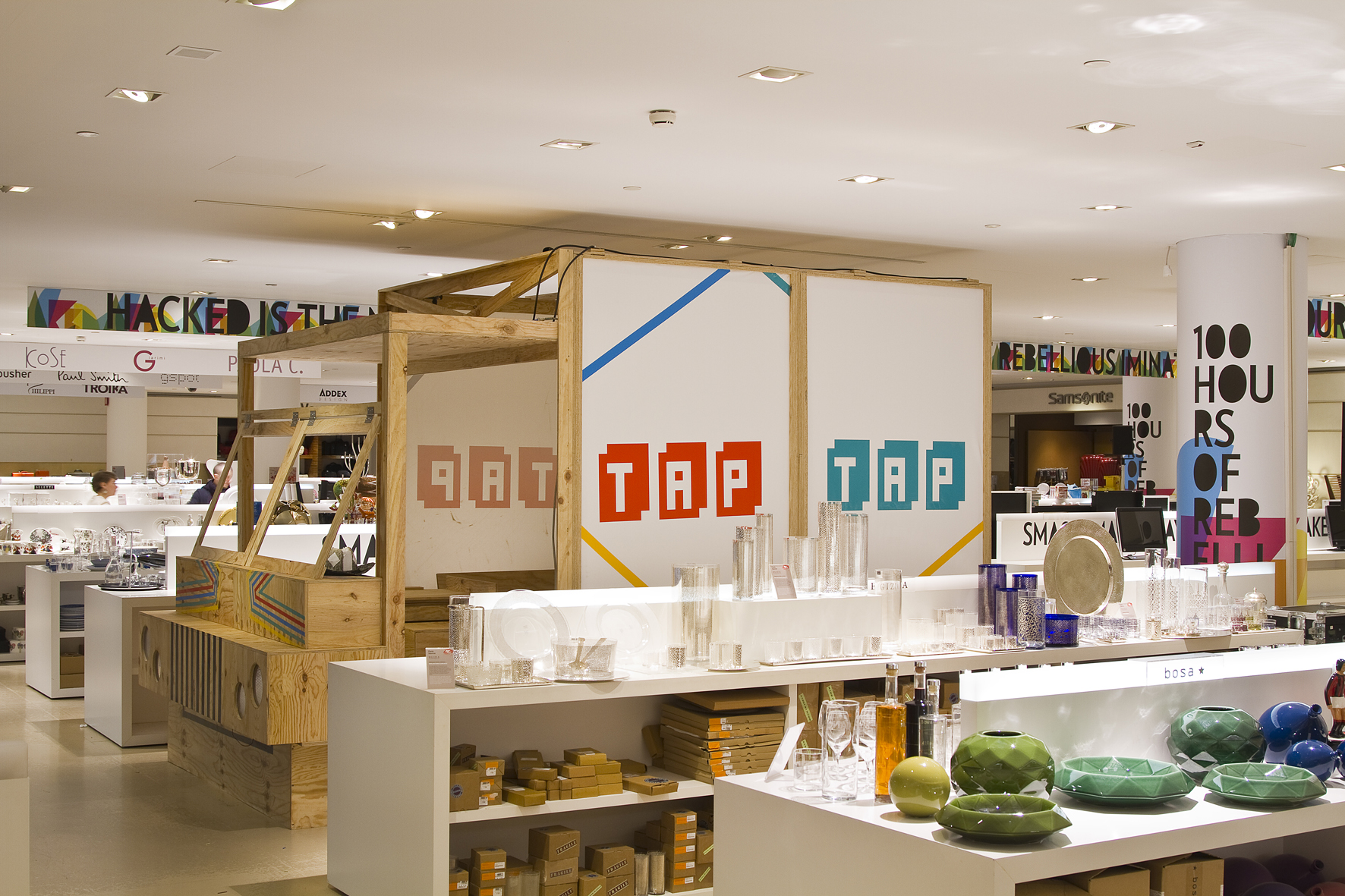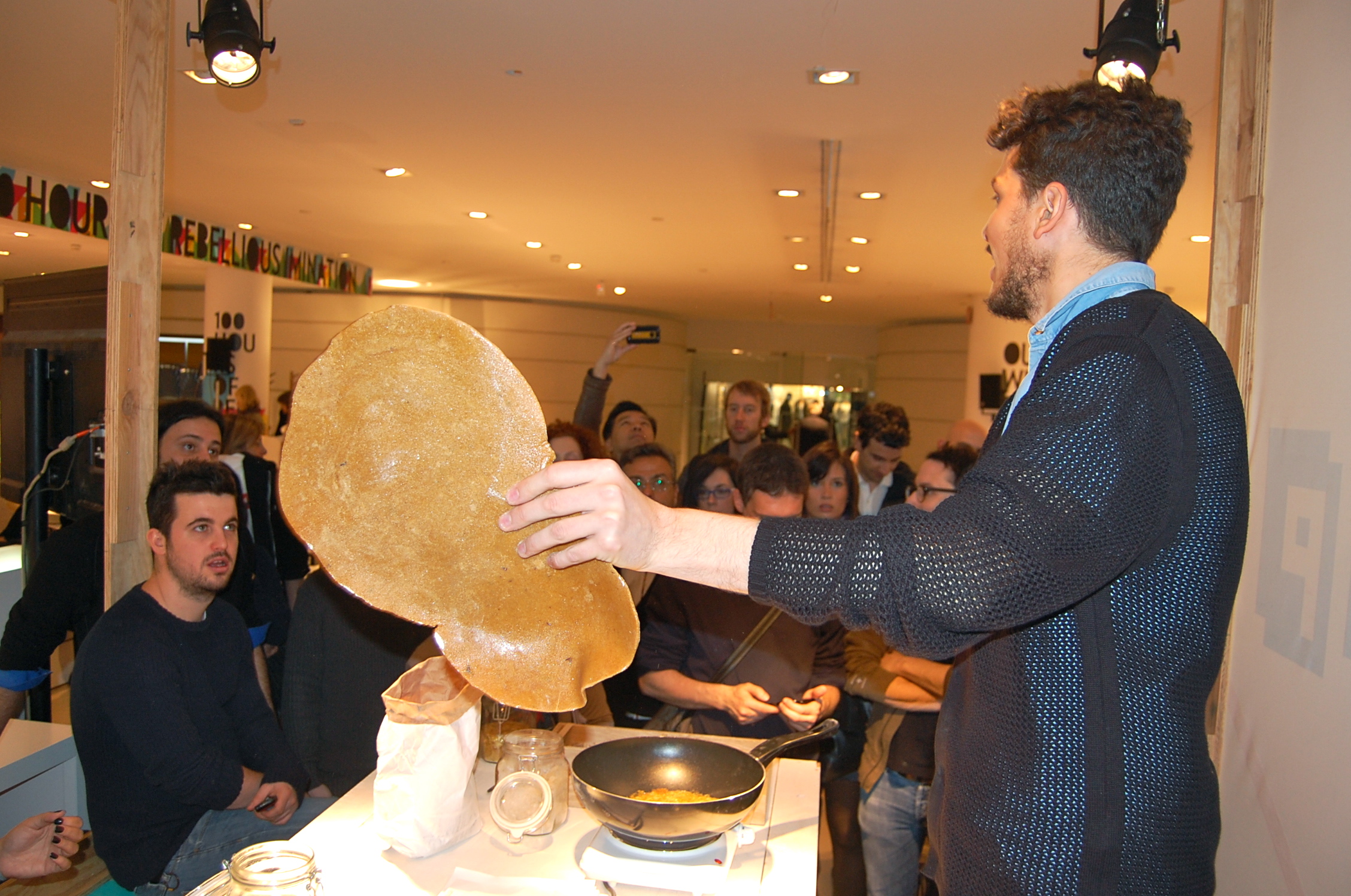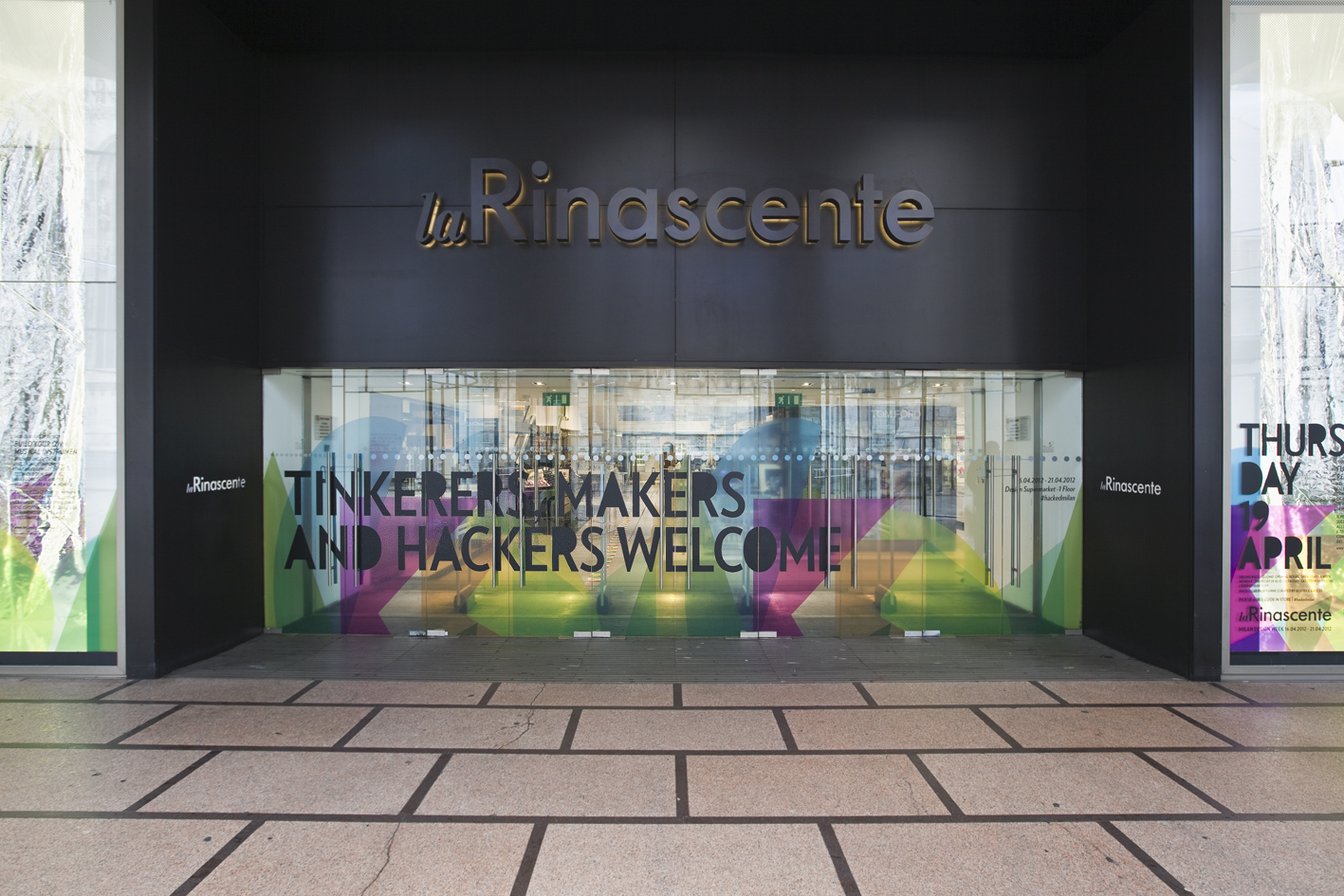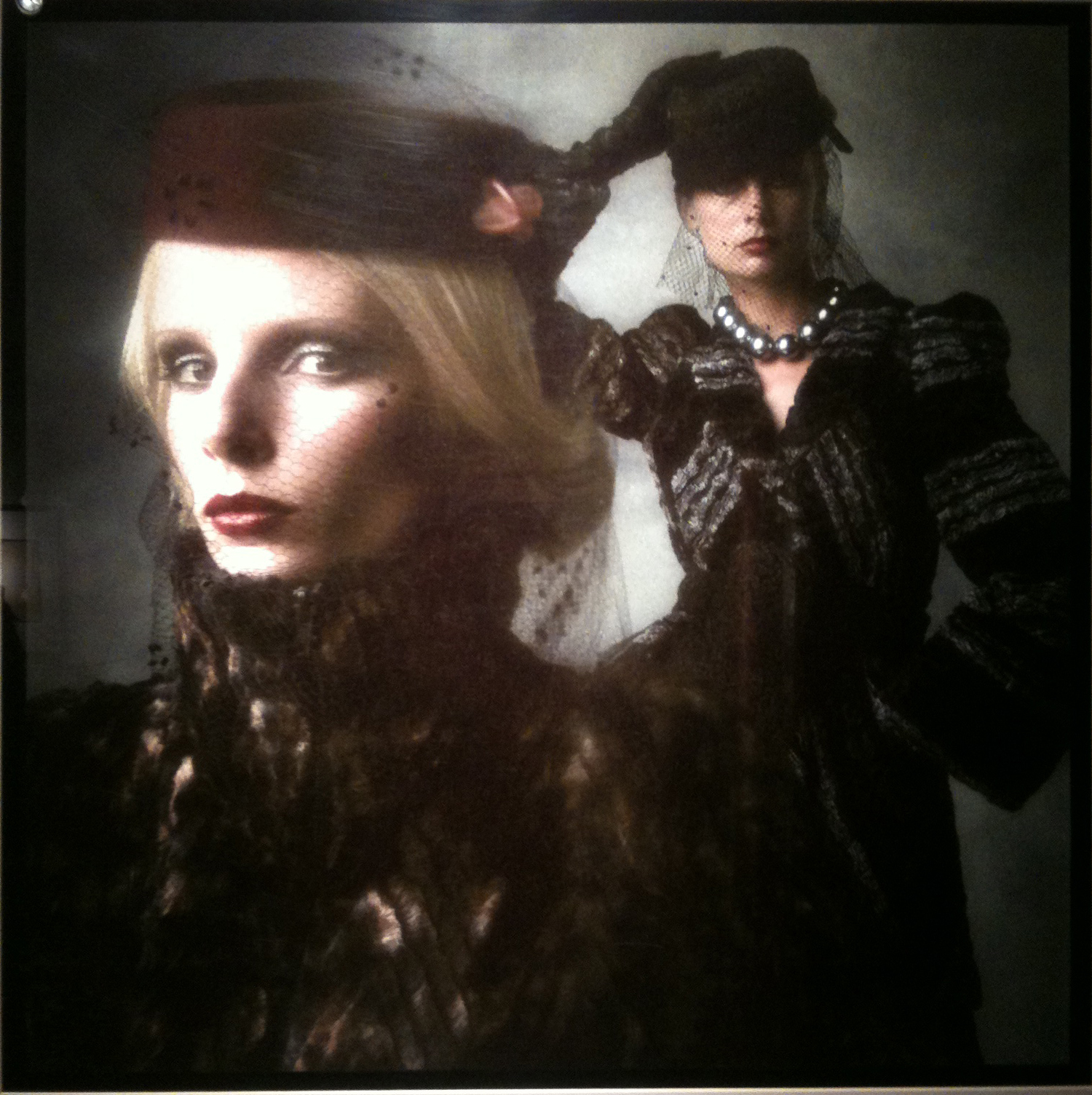Hacked Design at laRinascente, Milan
/During the Salone del Mobile 2012 (Milan Design Week 16-22 April) la Rinascente, Milan’s most fashionable department store, is hosting ‘Hacked - Rebellious Imagination’(16-21 April). For those who don’t know already, hacking is a growing global movement, predicated on modification and customization. It’s about taking what exists and altering it in ways that create unexpected, dramatic or playful narratives. Hacking history draws on elements of Bauhaus, DIY, Arte Povera and Punk, combining it all with the excitement of new technology.
Over the course of 100 hours laRinascente has been radically altered inside and out to become an interactive expermental lab space. Following a contemporary concept of appropriation, alteration and transformation which pervades art, design, web and technology, Hacked is an experimental programme curated by Beatrice Galilee which includes live activities and events, installations, performances and workshops. Temporary, site-specific works by artists, architects and designers include a monumental hack of t laRinascente colonnaded façade by CarmodyGroarke; a flexible, movable ‘HackedLab’ stage by EXYZT; and – very briefly – a scale model of Large Hadron Collider.
The hacked lab programme is intended to provide a platform for young designers whose work exists outside of the parameters of conventional exhibition-objects and across various disciplines. One of the most interesting installation staged by EXYZT is TAP TAP, an installation inspired by the ‘Taxi Bush’ – the Haitian taxi, famed for their beautifully decorated exteriors, set up by Alexander Romer, a berlinese architect based in Paris. TAP TAP is a van organized into a modular system that, after its first stop at laRinascente will travel around Italy, promoting performance and participation from the public. The first opening event of Hacked on Monday, Botanica, the workshop from Studioformafantasma has taken place into this TAP TAP van and is a homage to plastic and its future.
laRinascente has long been known for promoting new designers in Milan. Promoting new designers has long been one of laRinascente’s main aims. Hacked celebrates brilliantly the store's 150 years of activities and its strategy for the future. Tiziana Cardini fashion director, commented that laRinascente wants to give to young designers the possibility to experiment with new ways of conceiving a product – no only for its functionality only, but also for its quality of participation, expression and performance. As Beatrice Galilee stressed, Hacking is about building bridges between different industries: design, architecture, fashion, art and performance. It also raises questions about creativity, independent design and the relations with mainstream consumer culture.
I have interviewed for Fashion Projects both Beatrice Galilee, the curator of the event and Tiziana Cardini, laRinascente fashion director.
Simona Segre Reinach is Contract Professor at Bologna University, Italy. She also teaches at Domus Academy and MFI (Milan Fashion Institute). She is in the advisory board of Fashion Theory and of Dress Cultures Series by I. B.Tauris and a member of MIC (Moda Immagine Consumi) a center for Fashion Studies at Università Statale of Milan. Her latest book, Un mondo di mode. Il vestire globalizzato, is published by Laterza (2011).


















